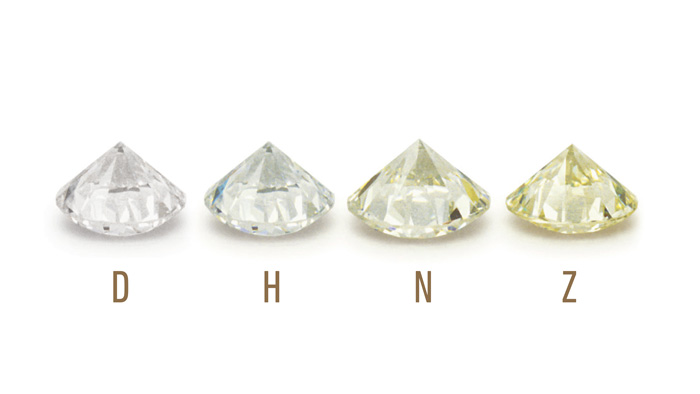No Products in the Cart
LIFETIME WARRANTY – COMPLEMENTARY DELIVERY
LIFETIME WARRANTY – COMPLEMENTARY DELIVERY
LIFETIME WARRANTY – COMPLEMENTARY DELIVERY
LIFETIME WARRANTY – COMPLEMENTARY DELIVERY
LIFETIME WARRANTY – COMPLEMENTARY DELIVERY
LIFETIME WARRANTY – COMPLEMENTARY DELIVERY
LIFETIME WARRANTY – COMPLEMENTARY DELIVERY
LIFETIME WARRANTY – COMPLEMENTARY DELIVERY
LIFETIME WARRANTY – COMPLEMENTARY DELIVERY
LIFETIME WARRANTY – COMPLEMENTARY DELIVERY
LIFETIME WARRANTY – COMPLEMENTARY DELIVERY
LIFETIME WARRANTY – COMPLEMENTARY DELIVERY



